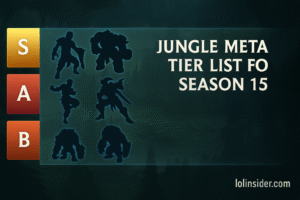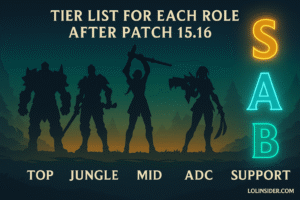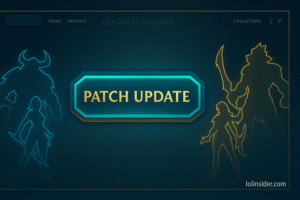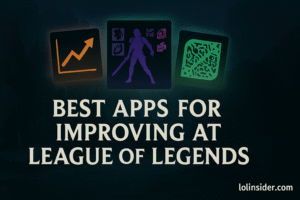In League of Legends, the top lane is often considered an island — but it’s also one of the most strategically important positions when it comes to counter picks. Drafting the right champion against your lane opponent can create early advantages, secure side lane pressure, and impact teamfights.
This article will break down top lane counter pick strategies explained in detail: how to identify favorable matchups, champion pool flexibility, drafting tactics, and in-game execution. Whether you’re a casual player learning matchups or an aspiring pro mastering draft dynamics, this guide will help you outplay your opponents before the minions even spawn.
1. What Is a Counter Pick in Top Lane?
A counter pick is a champion chosen specifically to exploit weaknesses in the enemy champion’s kit, stats, or playstyle. In top lane, this often comes down to:
- Range vs melee advantage
- Scaling vs early-game pressure
- Damage type (AD/AP balance)
- Mobility vs crowd control
2. Why Counter Picking Matters
- Lane Dominance: Securing CS and plates.
- Team Composition Balance: Filling gaps in engage, split push, or tankiness.
- Psychological Edge: Forcing your opponent onto uncomfortable ground.
In pro play, counter picks decide entire drafts; in solo queue, they’re often the difference between snowballing or getting camped.
3. Key Top Lane Counter Pick Categories
a) Tanks vs Duelists
- Example: Malphite vs Yasuo — Malphite’s armor nullifies Yasuo’s damage.
- Example: Darius vs Ornn — Darius punishes Ornn’s immobility.
b) Ranged Bullies vs Bruisers
- Example: Teemo vs Nasus — Teemo denies farm with range and blind.
- Example: Jayce vs Garen — Jayce pokes before Garen can commit.
c) Scaling Counters
- Example: Kayle vs Maokai — Weak early, but dominates late game.
4. Draft Phase Strategy
- Pick Order: Blind picks (Ornn, Gragas) vs counter picks (Camille, Fiora).
- Flex Picks: Champions like Gragas can go top, jungle, or mid, creating draft pressure.
- Ban Phase: Eliminate your champion’s hardest counters.
5. Champion Pool Preparation
- Have at least 3–4 champions per archetype: tank, bruiser, split pusher, ranged.
- Learn matchups deeply: e.g., how Fiora interacts with Jax parry timing.
6. Pro Player Insights
- TheShy (LPL): Known for using skill matchups aggressively.
- Zeus (LCK): Flexibility across tanks, carries, and ranged tops.
- Bwipo (LEC): Draft unpredictability as a weapon.
7. In-Game Execution of Counter Picks
- Early Game: Push your advantage (e.g., poke champs zoning melee).
- Mid Game: Translate lane leads into Rift Herald and side lane pressure.
- Late Game: Know if your counter scales (Kayle vs melee tanks).
8. Common Mistakes in Counter Picking
- Overvaluing Counters: A good jungle matchup can swing things.
- Forgetting Team Comp Needs: Don’t pick a split pusher if your team lacks engage.
- Poor Execution: Even with a counter, misplaying trades erases your advantage.
9. Counter Pick Champions to Learn
- Fiora: True duelist, punishes tanks.
- Camille: Mobility and lockdown against immobile champs.
- Teemo: Ranged lane bully.
- Malphite: Armor stacking anti-AD specialist.
- Gragas: Flex pick tank/bruiser mage.
Conclusion
Top lane counter pick strategies explained show that winning draft is half the battle. Knowing which champions punish others, balancing team needs, and executing your lane properly transforms you from an “island” laner into a win condition.
Mastering counter picks gives you control over top lane tempo — and ultimately, the game itself.







